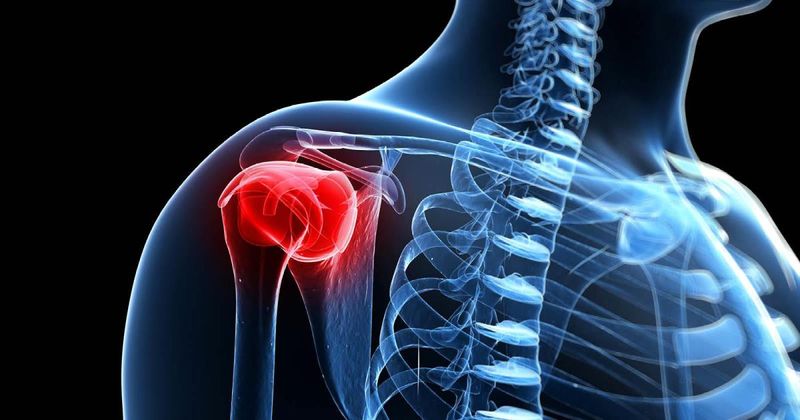Study: Bone marrow stimulation provided no benefit to arthroscopic rotator cuff repair
Key takeaways:
- Patients undergoing arthroscopic rotator cuff repair may not benefit from bone marrow stimulation.
- Patients who received bone marrow stimulation had comparable outcomes to patients who did not.
Published results showed arthroscopic rotator cuff repair with bone marrow stimulation yielded no significant improvements in retear rate, functional outcomes or complications compared with arthroscopic rotator cuff repair alone.
Researchers used the PubMed, EMBASE, Cochrane Library and Web of Science databases to perform a systematic review and meta-analysis of seven randomized controlled trials with 638 patients who underwent arthroscopic rotator cuff repair. According to the study, 316 patients underwent arthroscopic rotator cuff repair with bone marrow stimulation (BMS) and 322 patients underwent arthroscopic rotator cuff repair alone.

In all trials, researchers found BMS cohorts and control cohorts had comparable retear rates (odds ratio = 0.87), Constant-Murley scores (weighted mean difference [WMD] = 1.39), American Shoulder and Elbow Surgeons scores (WMD = 0.63), Western Ontario Rotator Cuff Index scores (WMD = –3.11), VAS pain scores (WMD = 0.27), forward flexion (WMD = 2.41), external rotation (WMD = 0.80), severe complication rates (OR = 1.39) and mild complication rates (OR = 1.96).
“This finding suggests that patients with rotator cuff tears may not benefit from BMS, despite BMS being a simple and cost-effective procedure,” the researchers wrote in the study.

